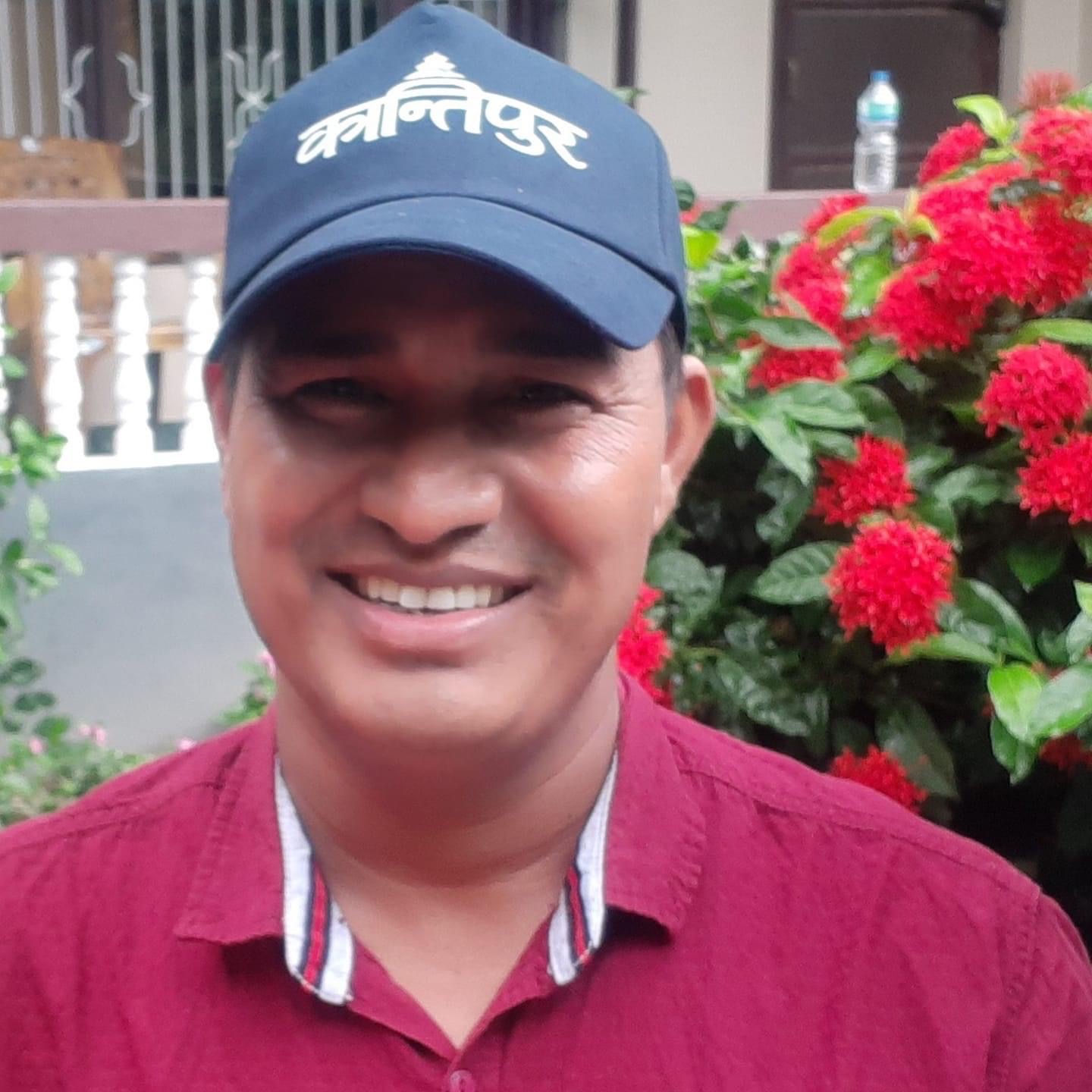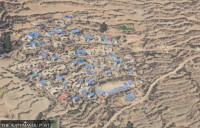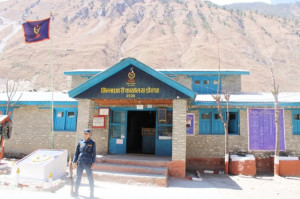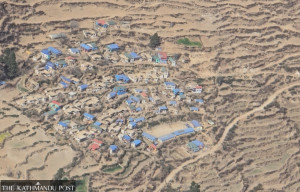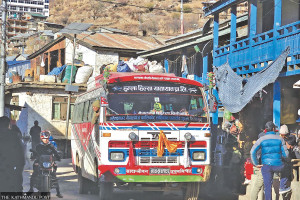The provincial government and Karnali Academy of Health Sciences in Jumla have procured a real-time polymerase chain reaction machine each to expedite coronavirus testing.
The provincial executive bought a machine belonging to Tribhuvan University while the academy purchased one from China.
The academy, an autonomous institution under the federal government, formed a committee to purchase the PCR machine and bought it for Rs 2,750,000 from a Chinese company fulfilling due legal process, said Bishworaj Kafle, registrar at academy.
Dal Rawal, provincial minister for Social Development said a Nepal Army aircraft is scheduled to bring the machines to Birendranagar on Thursday.
The Surkhet-based provincial health directorate said the PCR machine purchased by the provincial government will be installed at the Provincial Hospital while the other procured by the Karnali government will be installed at the academy’s teaching hospital in Jumla. Both the machines can process a maximum of 96 samples at a time, said the directorate.
The Karnali government will test those who have entered the province from India and other countries after March 14. “It is estimated that around 8,000 people have entered various districts of the province since mid-March. People are still coming home from India,” said Rita Bhandari, director at the provincial health directorate.
“We will conduct PCR tests on all those who have returned from India and third countries in the past few weeks,” she said. “Testing will gain momentum once the new machines come into operation.”
The federal government had also provided a PCR machine three weeks ago to the province. It has been installed at the provincial hospital. But the machine can only process one sample at a time. As a result, throat and nasal swabs collected from Covid-19 suspects are being sent to Kathmandu and Dhangadhi for tests.
The health directorate has so far carried out PCR tests on samples from 923 people and rapid tests on about 5,000 people as of Wednesday.
Karnali Academy of Health Sciences in Jumla, despite having skilled human resources to use the PCR machines, hadn’t been able to carry out tests as it did not have the machine. “We will soon install the new machine and test swabs collected in Jumla, Humla and Dolpa,” said Kafle.
The Karnali government said it is preparing for a ‘medical march’ after the PCR machines arrive. “Medical teams with doctors will be sent to each local unit in the province. The team will collect swabs for PCR tests and launch an awareness campaign,” said Rawal.
According to Kafle, 35 doctors will be deployed for the ‘medical march’. “Medical teams from the academy will be deployed in Jumla, Humla, Mugu, Dolpa and Kalikot districts under the campaign. “The march will help paint a clear picture of the situation in the province,” said Kafle.
Frequently asked questions about the coronavirus outbreak
UPDATED as of September 22, 2020
What is Covid-19?
Covid-19, short for coronavirus disease, is an illness caused by the coronavirus SARS-CoV-2, short for severe acute respiratory syndrome coronavirus 2. Common symptoms of the disease include fever, dry cough, fatigue, shortness of breath and breathing difficulties. In severe cases, the infection can cause pneumonia, severe acute respiratory syndrome, kidney failure and even death.
How contagious is Covid-19?
Covid-19 can spread easily from person to person, especially in enclosed spaces. The virus can travel through the air in respiratory droplets produced when a sick person breathes, talks, coughs or sneezes. As the virus can also survive on plastic and steel surfaces for up to 72 hours and on cardboard for up to 24 hours, any contact with such surfaces can also spread the virus. Symptoms take between two to 14 days to appear, during which time the carrier is believed to be contagious.
Where did the virus come from?
The virus was first identified in Wuhan, China in late December. The coronavirus is a large family of viruses that is responsible for everything from the common cold to Middle East Respiratory Syndrome (MERS) and Severe Acute Respiratory Syndrome (SARS). After an initial outbreak in Wuhan that spread across Hubei province, eventually infecting over 80,000 and killing more than 3,000, new infection rates in mainland China have dropped. However, the disease has since spread across the world at an alarming rate.
What is the current status of Covid-19?
The World Health Organisation has called the ongoing outbreak a “pandemic” and urged countries across the world to take precautionary measures. Covid-19 has spread to 213 countries and territories around the world and infected more than 31,405,983 people with 967,505 deaths and 22,990,260 recoveries. In South Asia, India has reported the highest number of infections at 5,557,573 with 88,943 deaths. While Pakistan has reported 306,304 confirmed cases with 6,420 deaths. Nepal has so far reported 65,276 cases with 427 deaths.
How dangerous is the disease?
The mortality rate for Covid-19 is estimated to be 3.6 percent, but new studies have put the rate slightly higher at 5.7 percent. Although Covid-19 is not too dangerous to young healthy people, older individuals and those with immune-compromised systems are at greater risk of death. People with chronic medical conditions like heart disease, diabetes and lung disease, or those who’ve recently undergone serious medical procedures, are also at risk.
How do I keep myself safe?
The WHO advises that the most important thing you can do is wash your hands frequently with soap and water for at least 20 seconds or use hand sanitizers with at least 60 percent alcohol content. Avoid touching your eyes, nose and mouth with unclean hands. Clean and disinfect frequently used surfaces like your computers and phones. Avoid large crowds of people. Seek medical attention if symptoms persist for longer than a few days.
Is it time to panic?
No. The government has imposed a lockdown to limit the spread of the virus. There is no need to begin stockpiling food, cooking gas or hand sanitizers. However, it is always prudent to take sensible precautions like the ones identified above.





 5.47°C Kathmandu
5.47°C Kathmandu